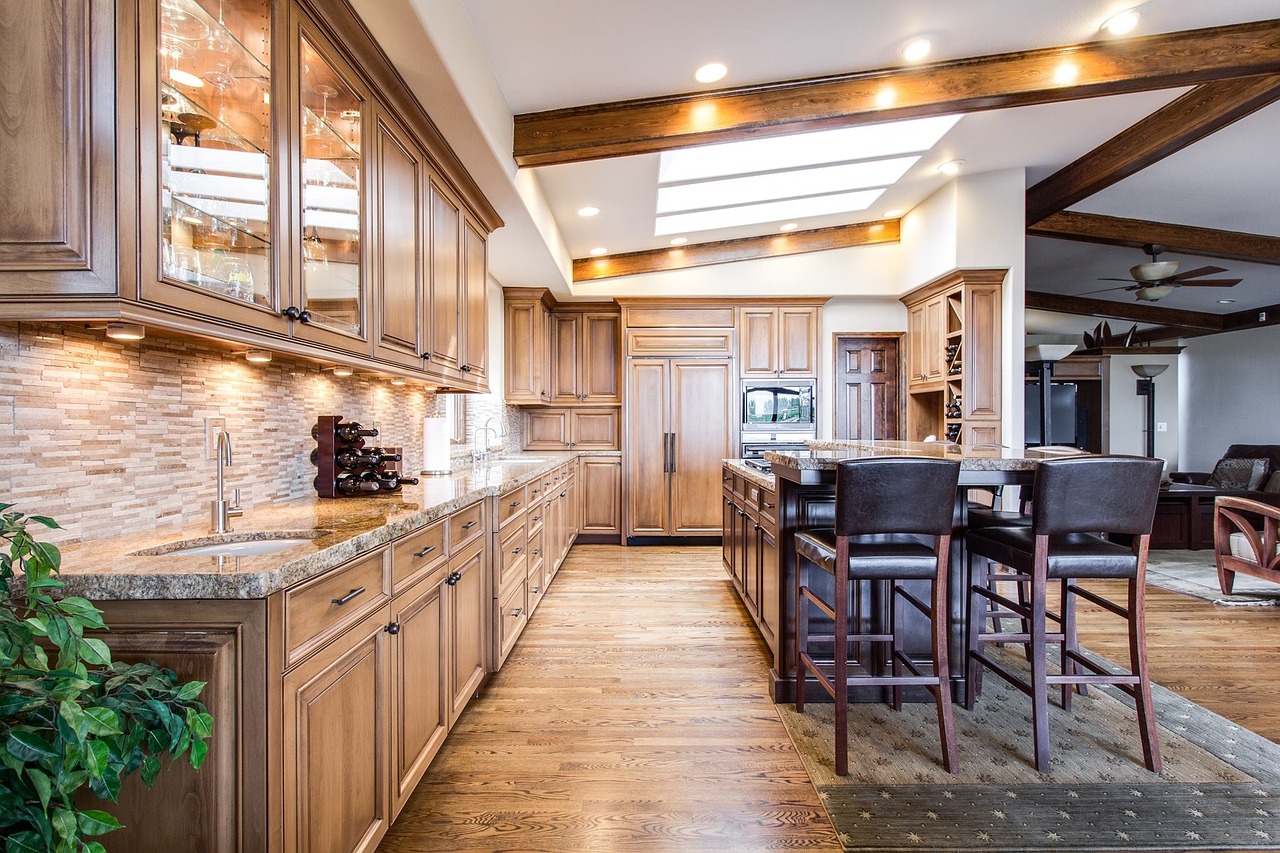The Future of Urban Living: Trends Shaping the Real Estate Landscape
Urban living is undergoing significant transformation, driven by shifting demographics, technological advancements, and evolving lifestyle preferences. In this article, we’ll explore key trends shaping the future of urban living and their implications for the real estate landscape.
Rise of Mixed-Use Developments:
Mixed-use developments, which combine residential, commercial, and recreational spaces in one integrated environment, are gaining popularity in urban areas. These developments offer residents convenience, walkability, and access to amenities such as shops, restaurants, and parks, creating vibrant and dynamic urban communities.
Embrace of Smart Technologies:
Smart technologies are revolutionizing urban living, enhancing efficiency, sustainability, and quality of life. From smart homes equipped with connected devices and automated systems to smart cities implementing IoT sensors, data analytics, and renewable energy solutions, technology is reshaping how we live, work, and interact with our urban environment.
Focus on Sustainability and Resilience:
Sustainability and resilience are becoming increasingly important considerations in urban development. Cities are investing in green infrastructure, energy-efficient buildings, sustainable transportation systems, and climate adaptation measures to mitigate environmental impacts and enhance resilience to natural disasters and climate change.
Demand for Flexible Living Spaces:
The rise of remote work and changing lifestyle preferences are driving demand for flexible living spaces in urban areas. Co-living, co-working, and flexible leasing arrangements cater to a new generation of urban dwellers seeking affordability, convenience, and community-oriented living experiences.
Reimagining Public Spaces:
Public spaces play a vital role in fostering social interaction, recreation, and cultural expression in urban environments. Cities are reimagining public spaces through placemaking initiatives, urban revitalization projects, and pedestrian-friendly designs to create inclusive, vibrant, and livable communities for residents and visitors alike.
Conclusion:
The future of urban living is characterized by mixed-use developments, smart technologies, sustainability, flexibility, and community-centric design. By embracing these trends and innovations, cities can create more livable, resilient, and inclusive urban environments that enhance the quality of life for residents and contribute to sustainable urban development.

